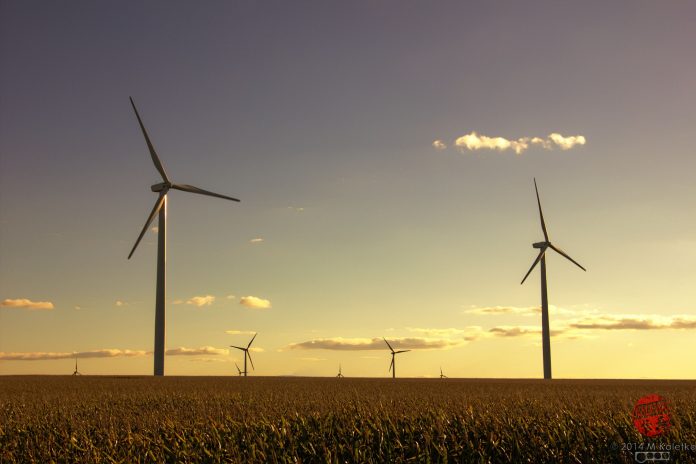It is not only possible for Europe to transition to a world powered 100% by renewables by 2050, according to a new study published by the Energy Watch Group and LUT University and funded by Deutsche Bundesstiftung Umwelt. But the same study notes that it would create more jobs and be more cost effective than the present fossil fuel-led system.
At a RENAlliance panel on the side lines of this year’s COP, the researchers presented what they said is a “technically feasible and economically viable energy pathway for Europe, in which the energy sector (comprising power, heat, transport, and desalination) can reach 100% renewable energy and zero greenhouse gas emissions by 2050.”
As reported by pv magazine online, the transition can be made on existing renewable energy potential and technologies. The researchers said: “The energy transition is not a question of technical feasibility or economic viability, but one of political will.”
Based on their calculations, the researchers explained that primary energy demand would decrease from 21,000 TWh in 2015 to around 20,000 TWh by 2050, driven by “massive” energy efficiency gains and an over 85% electrification rate. Fuel consumption, meanwhile, would be reduced by more than 90% from 2015 numbers, as fossil fuels are completely phased out.
Leading the charge in this 100% renewable energy system is solar PV, which is projected to generate 62% of electricity by 2050 and become the lowest cost energy source. It will be followed by wind energy at 32%, hydropower at 4%, bioenergy at 2% and geothermal energy at <1%.
“Wind and solar make up 94% of total electricity supply by 2050 and will have a synergetic balancing effect,” said the study.
In terms of energy storage, the researchers believe that in their scenario, the sector will meet nearly 17% of electricity demand and around 20% of heat demand. Overall, installed electricity storage capacity will increase from just 0.3 TWh in 2015 to around 7.4 TWh by 2050, they calculate.
Batteries will emerge as the most relevant electricity storage technology, they say, while thermal energy storage will become the most relevant heat storage technology by 2050. “Electric heat pumps will also play a significant role, generating more than 30% of heat on district and individual levels by 2050.”
As regards emissions, the result of transitioning to 100% renewables will be a steady decline in annual greenhouse gas emissions from about 4,200 MtCO2eq in 2015 to zero by 2050, according to the study.
“The resulting cumulative greenhouse gas emissions are approximately 85 GtCO2eq from 2016-2050, and would support the EU’s goal of limiting temperature increases to 1.5°C above pre-industrial level,” it continues, adding, “In contrast to popular claims, a deep decarbonisation of the power and heat sectors is possible by 2030 in Europe. The transport sector will lag behind, with a massive decline of greenhouse gas emissions from 2030 to 2050.”
Asked by pv magazine at the live launch how RENAlliance can promise that new renewable energy jobs will go to formerly coal-dependent areas, Hans Josef Fell, Energy Watch Group President told Max Hall that the group can only give an overview and that it was down to politicians to ensure that it happens. “That is an entirely understandable response but surely not one that would reassure sceptical voters in areas like this, Poland’s coal belt of Upper Silesia,” wrote Hall.

